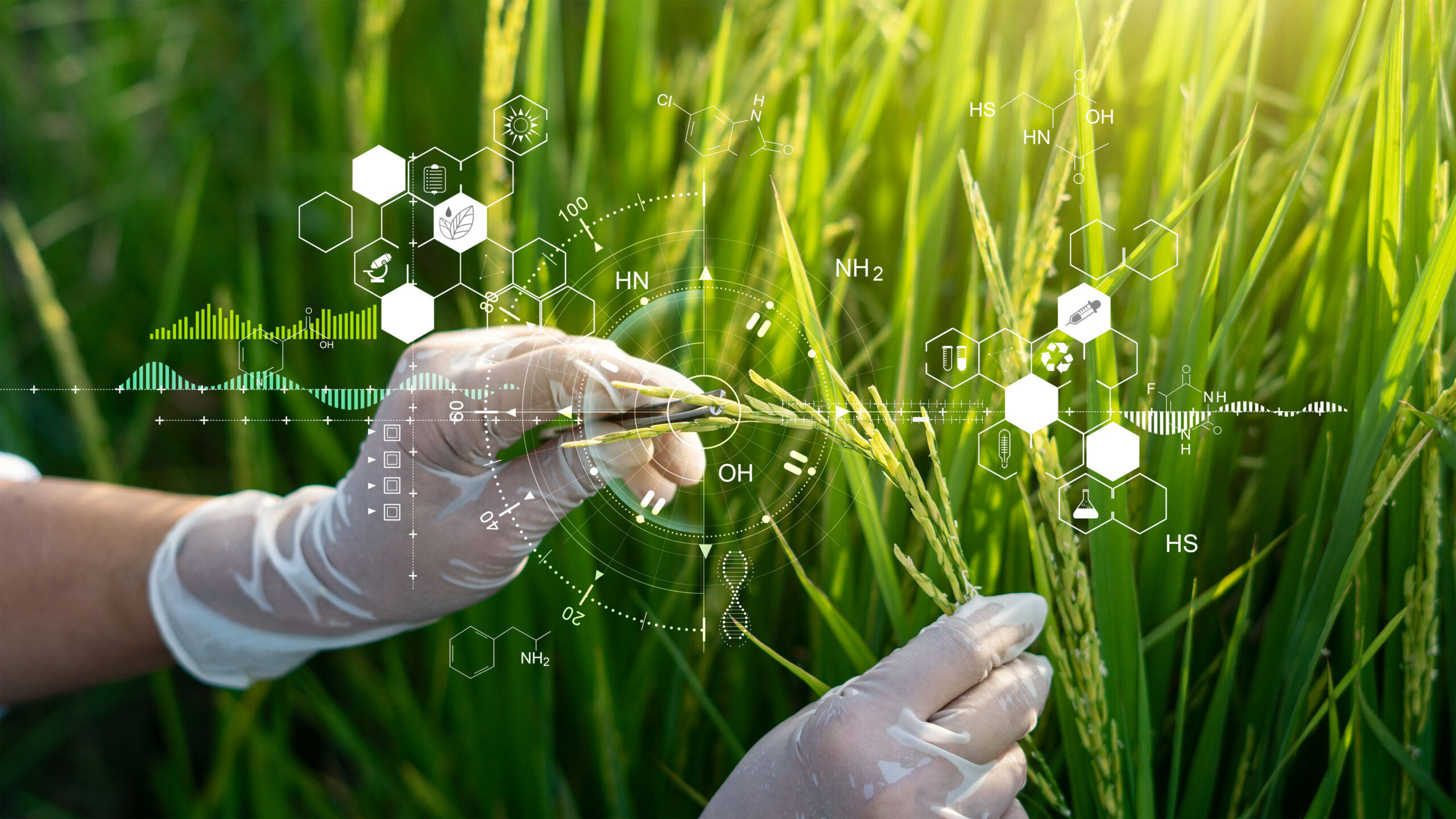In the continuously evolving landscape of food and agriculture, ensuring the integrity and authenticity of food products remains paramount. One technology rising to the fore in this quest for truth is the mass spectrometer. Leveraging mass spectrometry, this instrument has become instrumental in the verification of agricultural products, thereby enhancing the safety and reliability of our food systems.
Mass Spectrometry: Unveiling the Molecular Signature
At its core, mass spectrometry operates by measuring the mass-to-charge ratio of ions. The procedure begins in the ion source, where compounds are ionised, becoming positively charged. Once ionised, these molecules are propelled by electric and magnetic fields, which sort the ions based on their mass to charge ratio.

In food and agriculture, this process has direct applications. The fragmentation pattern of a molecule, like a specific chemical in a food sample, can be distinctly recognised by a mass spectrometer. This unique molecular ion pattern can thereby offer insights into the compound’s identity and concentration in the sample.
From Field to Table: Tracing Authenticity in Supply Chains
In our modern age, food supply chains have become exceedingly complex. Agricultural products journey through extensive food value chains before reaching the consumer. Each step, be it processing, packaging, or distribution, poses an opportunity for contamination or fraudulent activity.
Implementing mass spectrometry at critical junctures within these chains provides a method to monitor and verify the authenticity of products. For instance, a mass spectrometer can be utilised to ascertain whether a product labeled as ‘organic’ genuinely lacks pesticides or if a product touts its absence of a specific greenhouse gas in its production.
The Technicalities: Navigating Mass Spectrometry in Agrifoods
In practical applications, the mass spectrometer functions within a high vacuum environment. This high vacuum facilitates the unhindered movement of ions, minimising interference and providing accurate readings. The generated data, following a thorough data analysis, is employed to determine a product’s authenticity.
The robustness of this technology rests significantly on its sensitivity and specificity. Considering a compound’s fragmentation pattern, even minute concentrations can be detected..
Advancing Beyond Traditional Methods
In the overarching realm of food systems, traditional methods like visual inspections or even certain laboratory tests might fall short in detecting sophisticated frauds or contaminants. Herein lies the value of mass spectrometers. Beyond mere detection, they offer a comprehensive view of a sample’s contents at the molecular level.
By delving into the natural resource’s composition, mass spectrometry can discern nuances that other methods overlook. This depth of insight reinforces the reliability of the findings, fostering trust within the food supply chain.
The Future is Analytical: Calling All Stakeholders
Looking into the future of food and agriculture, the role of tools like mass spectrometers becomes inescapably evident. Their capacity to demystify the complex makeup of agricultural products aids not just in ensuring safety but also in fortifying the authenticity of food products in our intricate supply chains.At Hiden Analytical, we envision a future where the authenticity of every bite is verifiable. By embracing the power and precision of the mass spectrometer, we can redefine the standards of authenticity in agrifoods. We invite all stakeholders, be they producers, processors, or distributors, to partake in this analytical journey. Learn more about how we support food authenticity applications by reading our paper on distinguishing bio from non-bio foods. Otherwise, contact us today with any questions.

